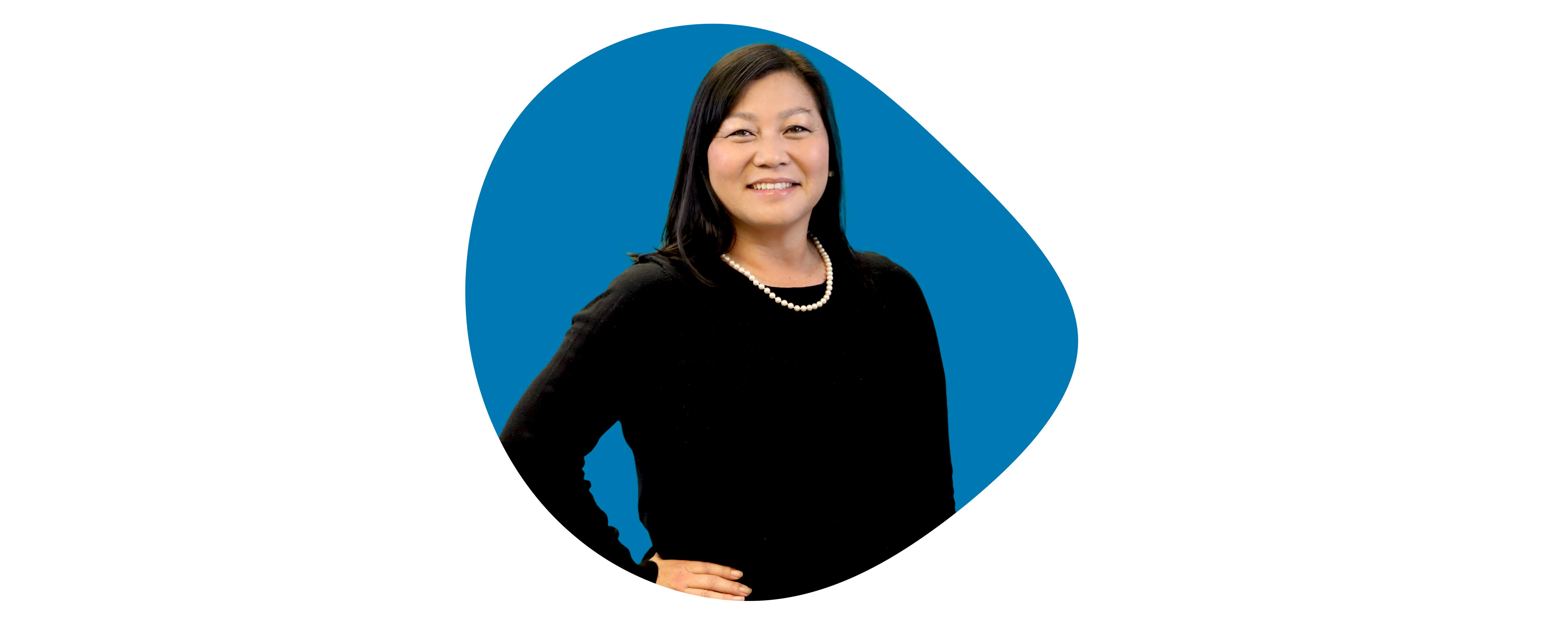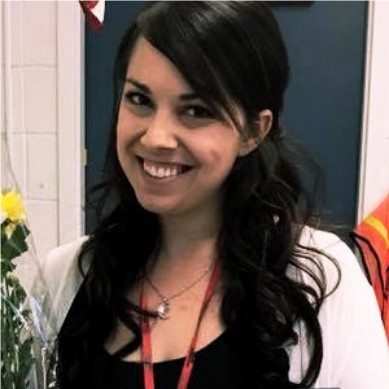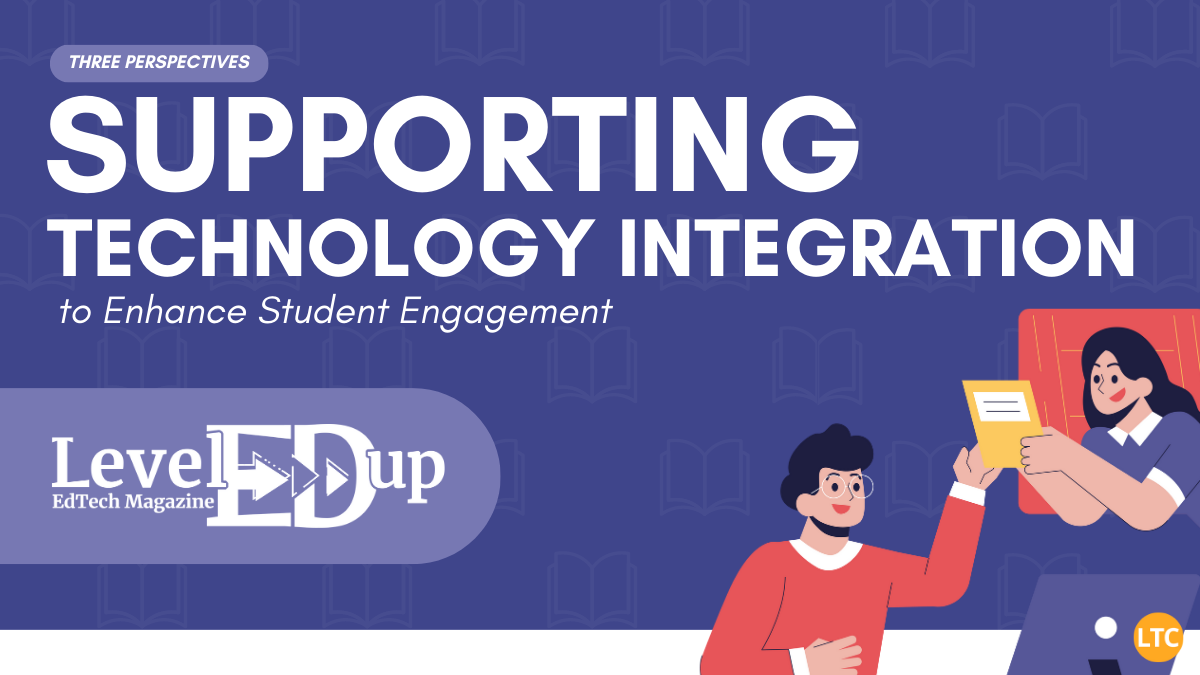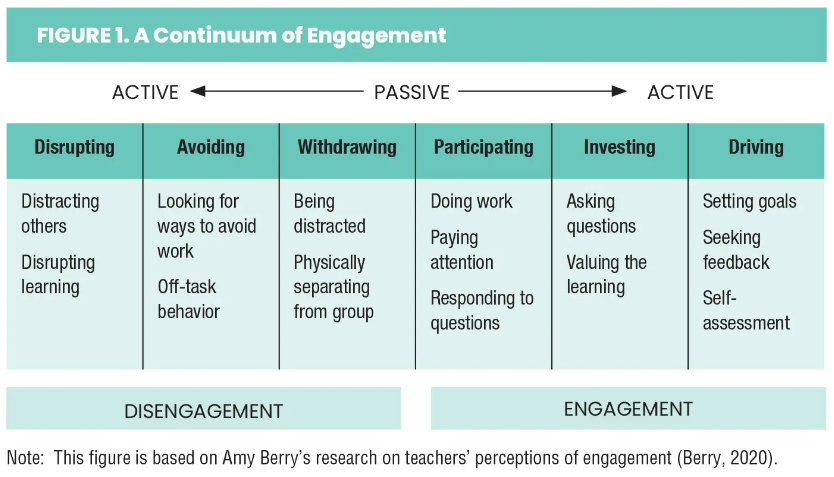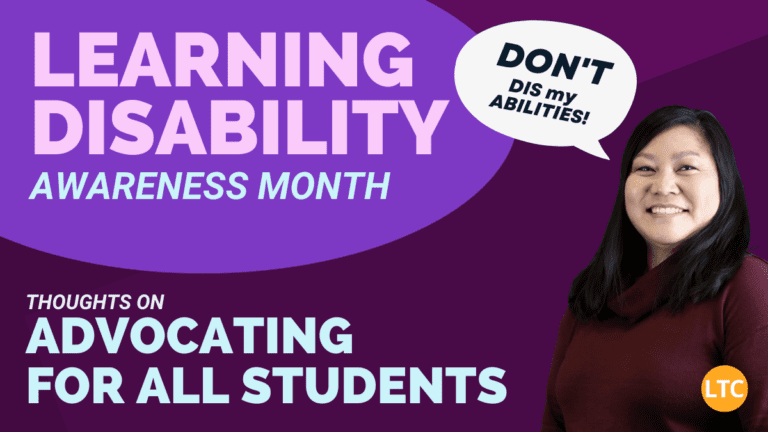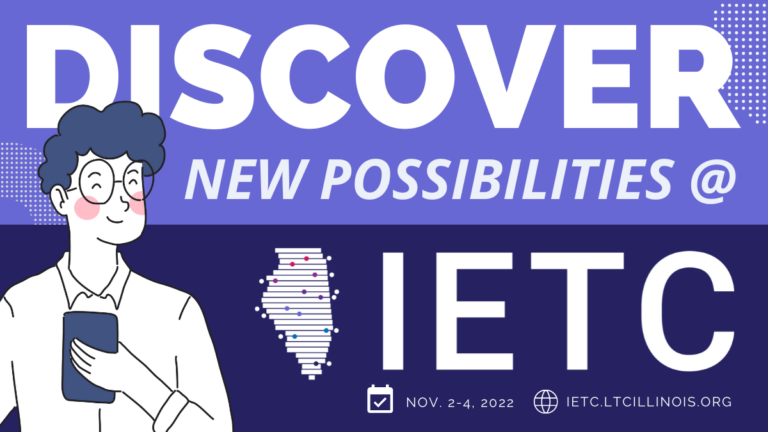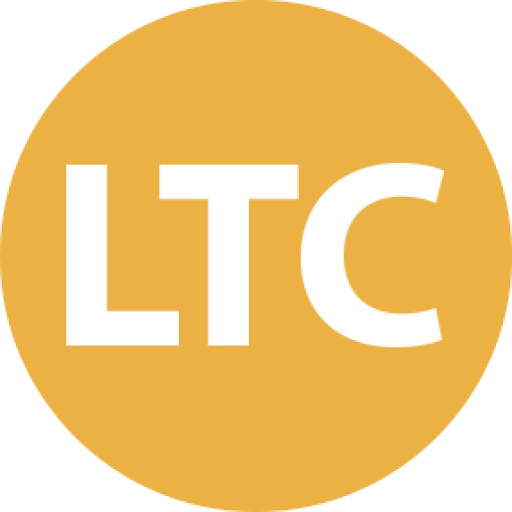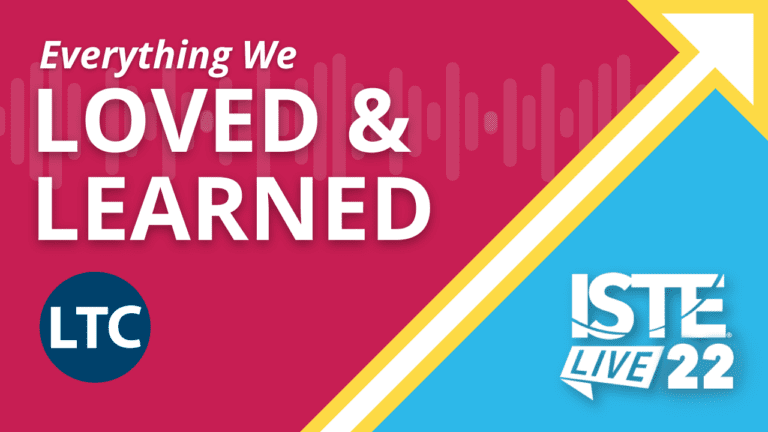These engaging experiences all come down to pinpointing purpose and planning accordingly. In addition to monitoring student progress and providing timely feedback, strategies for maximizing learning and engagement could include involving students in developing the goals, differentiating instruction to address specific needs or interests, and creating space so that students can identify their own path to reaching each goal.
These important tasks can all be accomplished by utilizing classroom technology. Doing so places students at the forefront of their learning as content creators, not just content consumers.
At the same time, students also gain more agency and choice in their learning when digital tools are used to transform learning, rather than substitute for an analogue tool.
For example, teachers can reach for digital tools that empower students to select their own readings, curate resources, record and edit videos, author books and comics, design and build with 3D printers, create virtual reality modules, and so much more.
Regardless of platform or content area, all of these learning experiences offer the potential for increased student engagement as well as the chance for students to showcase their learning through personalized applications.
